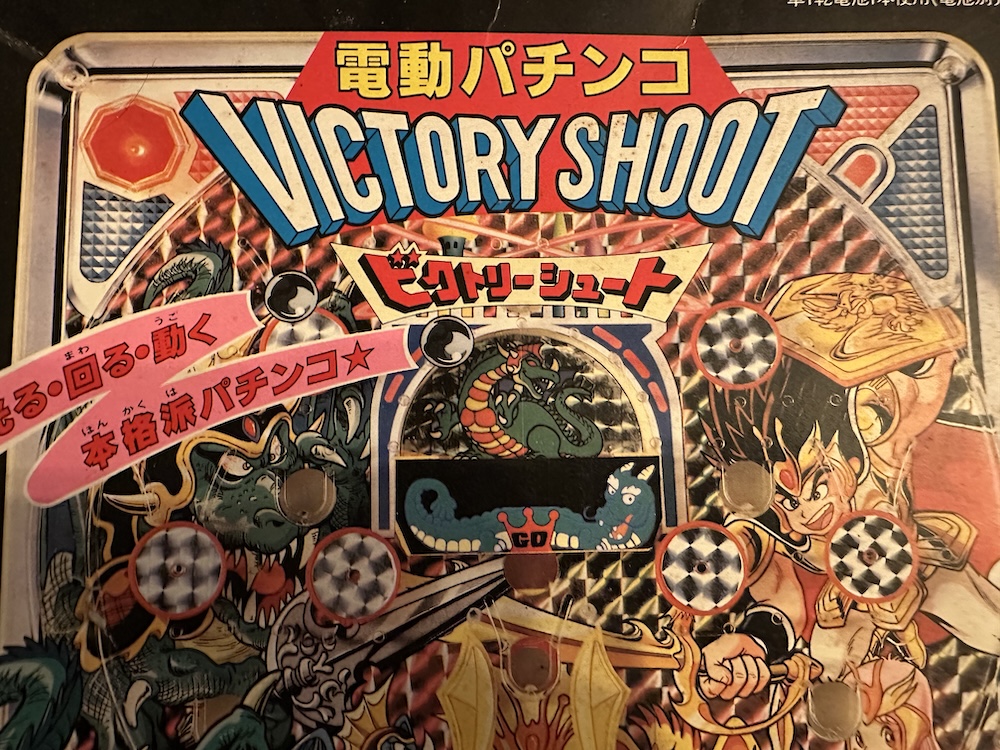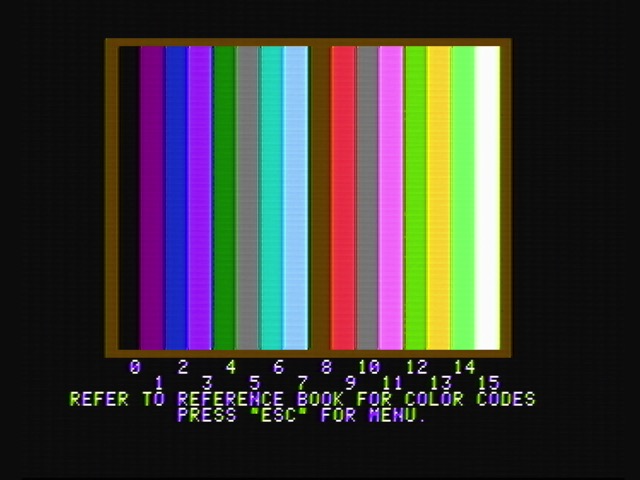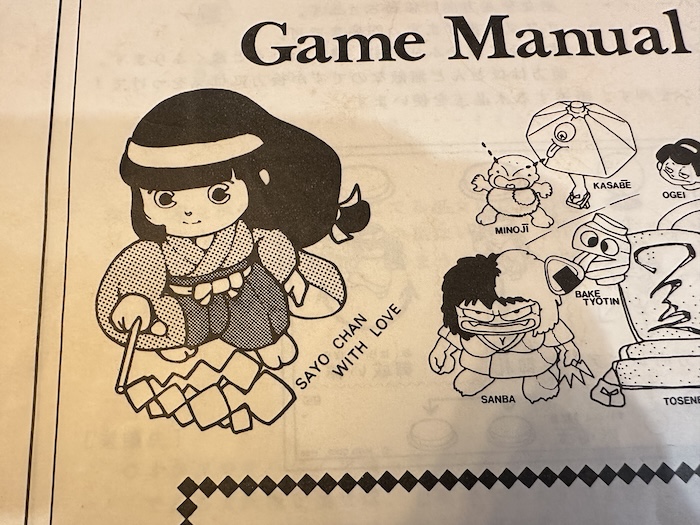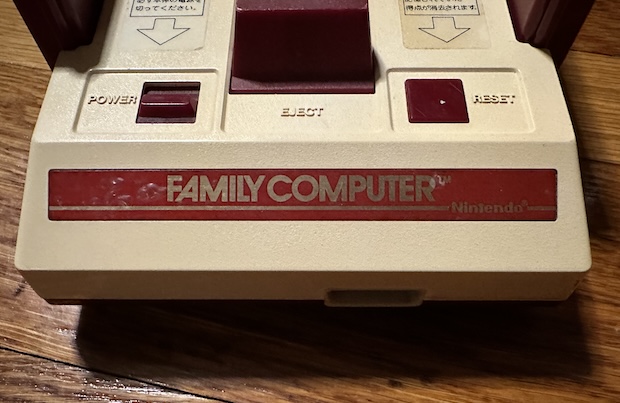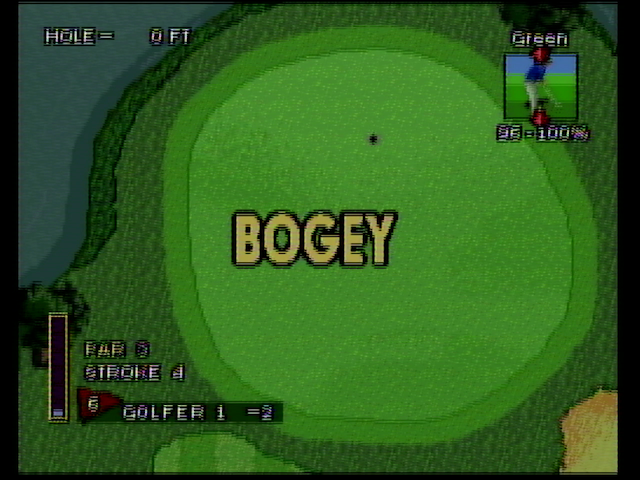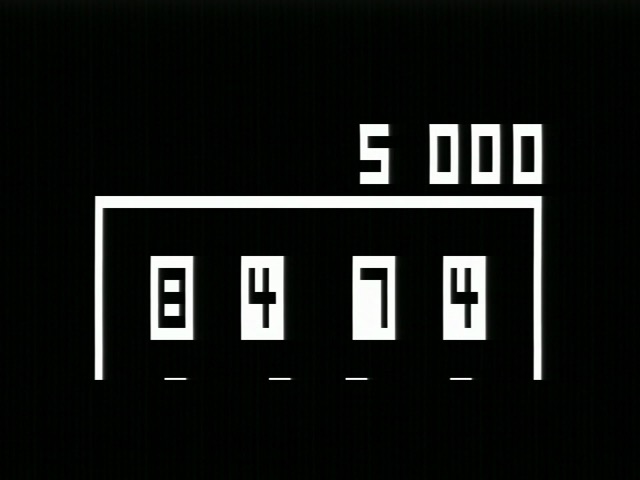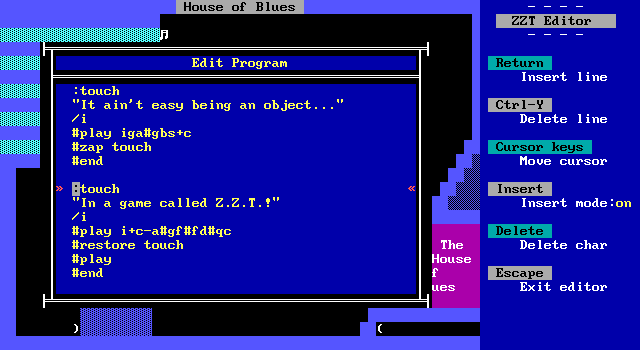-
Victory Shoot: Hanemono in Toy Form
Do you think children should play pachinko, a Japanese gambling game? I certainly don’t, which is why I’m here to make a difference, by buying the Japanese children’s Pachinko machines from the 1980’s and bringing them safely to another continent. No need to thank me, I know I’m a hero. Today, I’m taking a look at Victory Shoot, a toy machine from 1988, the golden era of hanemono machines. An interesting thing is, it’s got something in common with the cutting-edge of 21st century pachinko.
-
Using the Apple ][+ with the RetroTink-5X
About four years ago (?!) I wrote a blog post called The Great Composite Comparison, where I compared a number of methods for upscaling composite video. At the time, I mentioned looking forward to the RetroTINK-5X upscaler, and later that year, I got my hands on one, writing a post on using it with the Pioneer LaserActive. I found it fit for purpose and my personal 5X has been paired with the LaserActive ever since, but I recently got a question: what about with the Apple ][, whose idiosyncratic video system is legendary.
-
Taito-tastic: Kiki Kaikai and its Hardware
So some concepts got stuck in my head early on when looking into hardware that just don’t hold. One of these was that the Neo Geo was unique because of its heavy use of sprites where other systems would use tilemaps. But that’s not unique to the Neo Geo: ADK was just upgrading their Alpha68k family, which all used the same system. Epoch and NEC’s µPD777 did the same thing in the 1970’s for home gamers. And now Taito. Sprite-centric hardware wasn’t unique to SNK at all.
-
The Nintendo Family Computer: Forgotten 8-bit Powerhouse?
Here at Nicole Express, we’ve been going through a lot of different “game consoles”– small single-purpose computers that are only used to play video games. But we’ve left out a big one: Nintendo’s Family Computer, Famicom to its friends. This console took Japan by storm and was the dominant console before the release of the TurboGrafx (PC Engine, for European readers, if there are any of you left), but never managed to get much of a foothold outside of Asia. What was it like? Why did it flop? Well, you can blame Atari for that one…
-
Why I Stick To 1970s Plug-and-Play Consoles: The Radica Golden Tee
In the 1970s, video game consoles often just had built-in games, with no cartridge slot. We’ve covered a lot of those here, from the Magnavox Odyssey 500 to the colorful Atari Pongs. But in the 2000s, the concept came back, as the “plug-and-play” games. So I decided to dig into one of those. What could go wrong? Well, what could go right?
-
The RCA Studio II Lives On: A Package from Belgium
The RCA Studio II and its CDP1802 chipset had much more support from enthusiasts than it did the wider video game market. But I shouldn’t put “had” in the past tense; people are still keeping this beige box and its relatives alive, especially in Europe, where the Studio III color version of the chipset made its appearance in the form of the MPT-02 and related systems. And one of those enthusiasts, Philip Marien, saw my games post and reached out with a bag of goodies so I could take a look at the real power of this monochrome monster.
-
Reviving a Dead Audio Format: The Return of ZZM
Long-time readers will know that my first video game love was the text-mode video game slash creation studio ZZT. One feature of this game is the ability to play simple music through the PC speaker, and back in the day, I remember that the format “ZZM” existed, so you could enjoy the square wave tunes outside of the games. But imagine my surprise in 2025 to find that, while the Museum of ZZT does have a ZZM Audio section, it recommends that nobody use the format anymore; because nobody’s made a player that doesn’t require MS-DOS. Let’s fix that by making a player with way higher system requirements, using everyone’s favorite coding environment: Javascript.
1 / 24
Next

